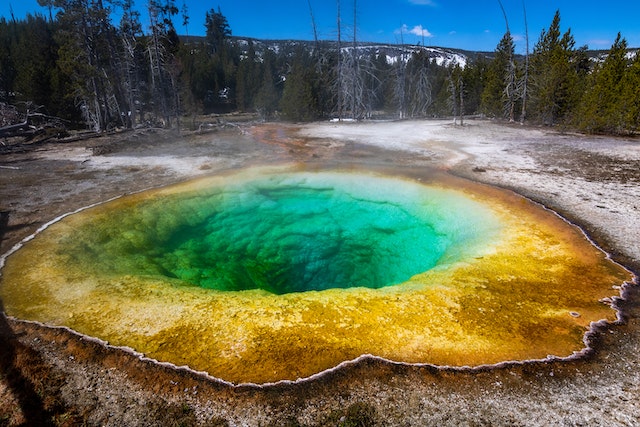The study of Earth’s interior is a fascinating domain, brimming with intriguing concepts and terminology. One such term is ‘geotherm’, a concept that helps scientists understand the temperature profile within the Earth’s interior. This article will delve into the meaning of ‘geotherm’ and its significance in geology and geophysics.
Table of Contents
Definition of Geotherm
In geological and geophysical contexts, it refers to the temperature gradient or change in temperature concerning depth in the Earth’s interior. Essentially, it represents a curve showing the relationship between the depth (or pressure) and temperature in the Earth’s interior. The term ‘geo’ denotes Earth, and ‘therm’ signifies heat or temperature. Together, they illustrate how temperature varies within our planet.
Constructing a Geotherm
Creating a geotherm involves measuring the temperature at various depths below the Earth’s surface. These measurements can be gathered directly, for instance, through boreholes drilled into the Earth or indirectly through geophysical methods and studies of seismic waves. This data is then plotted on a graph with depth on one axis and temperature on the other to visualize the temperature gradient.
Geotherm Variability
The geotherm is inconsistent across the globe or even throughout a single region. It varies based on many factors, such as geological activity, tectonic plate boundaries, the presence of groundwater, rock composition, and more. For instance, in tectonically active regions, such as near volcanic zones or plate boundaries, the geotherm can be steeper due to the higher heat flow. Conversely, in areas with thick sedimentary cover, the geotherm can be relatively flat, indicating a slower increase in temperature with depth.
Significance of Geotherms
Understanding geotherms is crucial in various aspects of geoscience. They provide valuable insights into the Earth’s geodynamic processes, like plate tectonics, mantle convection, and the thermal evolution of the Earth. Geotherms also play a crucial role in understanding the metamorphic grade of rocks and the location of oil and gas reservoirs.
Moreover, geotherms are invaluable in the field of geothermal energy. They help in locating areas where geothermal gradients are high—places where geothermal energy could be harnessed most efficiently.

Conclusion
A geotherm is a vital concept in Earth science, helping us understand the thermal behaviour of our planet. From informing us about plate tectonics and the metamorphism of rocks to assisting in the exploration of geothermal energy, the significance of geotherms extends across a wide array of scientific and practical applications. As we continue to probe Earth’s mysteries, studying geotherms will undoubtedly remain an integral part of our journey.
